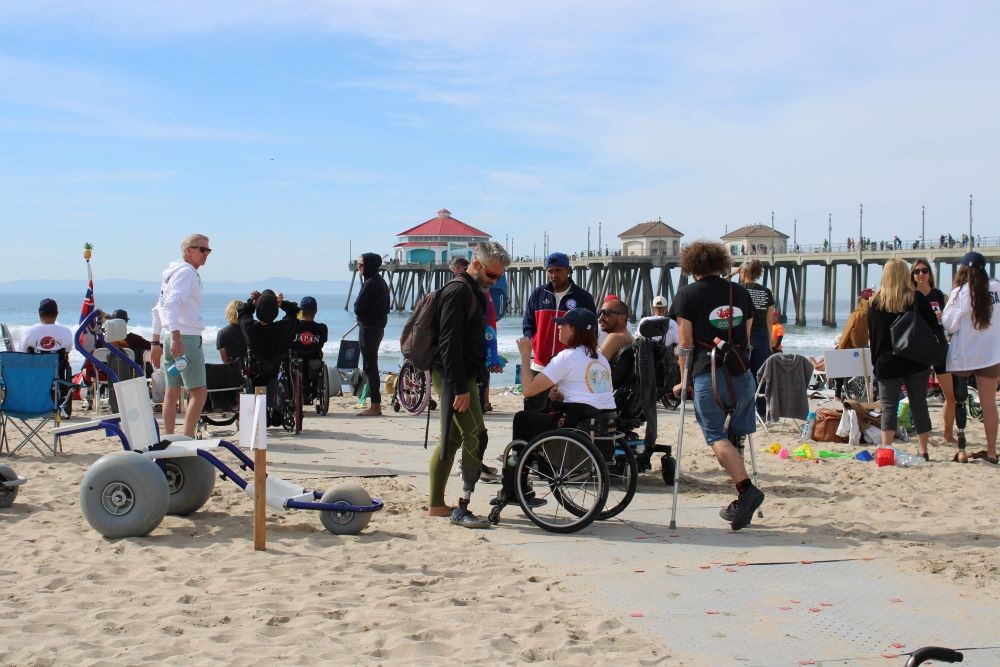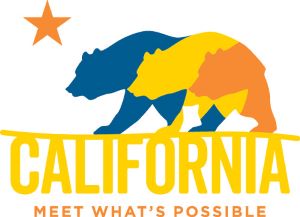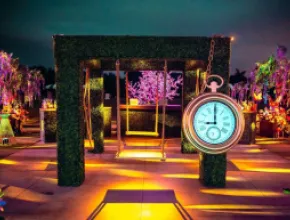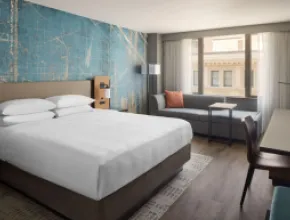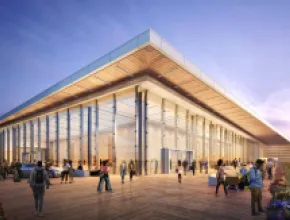Diversity, equity, inclusion and accessibility (DEIA) is one of the most visible issues in the meetings and events industry.
The trend toward ensuring “supplier diversity”—tapping venues and services owned and operated by underrepresented communities—is where the proverbial “rubber hits the road,” in that all communities should benefit from the massive economic impact when an event comes to town.
Following are examples of supplier diversity-relevant venues that can be tapped in the Golden State.
[Related: 3 California Tourism DEI Leaders Who Are Making a Difference]
Access Trax, San Diego (and beyond)
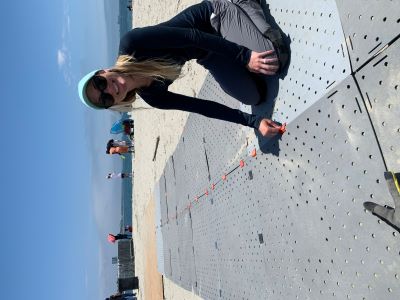
While many people may commonly associate DEIA with minority or women-owned businesses, accessibility—the “A” in DEIA—has recently become a top priority.
Properly accommodating people with disabilities at special events, and especially offsite events in outdoor locations, can be especially challenging. With Southern California’s optimal climate, an event on one of its many beaches serves up an iconic slice of SoCal life, but the experience can be daunting for those who use a wheelchair.
Meeting the challenge is Kelly Twichel, CEO and co-founder of Access Trax, a San Diego-based company that rents and sells wheelchair-accessible mat systems that can be used for outdoor events.
Access Trax was born from a college assignment to help adaptive surfers cross the sand using their wheelchairs when Twichel was a graduate student in occupational therapy. The idea really hit home to her because her mom was disabled following a massive stroke when Twichel was 12.
“As an adolescent girl, I was like, ‘Wow, I have to grow up overnight; I have to learn how to be an adult and take care of my mom,’” she said. “And I began to see how places around me weren’t accessible, and not only in a physical sense, but also in an attitudinal sense.”
Planners can rent or buy Access Trax mats for events throughout the world but the bulk of rentals occur in Southern California because the company is based in San Diego.
[Related: How California Cities Are Creating More Inclusive Destinations for Meetings]
“There are a lot of different entities that we can serve, but the main thing that ties them all together is they have a need to serve somebody who happens to use a wheelchair or other mobility device over outdoor terrain—sand, grass, gravel, snow —all of those types of terrains are typically a barrier,” Twichel said. “Using our Access Trax—portable access mats that fold out over the terrain in seconds—they’re able to create an accessible space in very little time and that’s very cost effective.”
Twichel said caterers and other vendors often use Access Trax mats to create a hard surface for outdoor events. One client includes a Southern California Hyatt Regency that uses the mats to create an accessible surface for guests to enjoy beach bonfires.
“You know, it’s about to be 2024 and we have the tools out there,” Twichel said about the relevance of providing accessible facilities. “I think the disconnect is there’s still more work to be done on awareness of how easy it is to actually make something accessible with just a couple of things.”
Destination Crenshaw, Los Angeles
A jaw-dropping new open-air art museum stretching 1.3 miles and planned to open in 2024—an expected El Niño rain deluge is delaying the installation of some pieces—will transform the southern Los Angeles neighborhood of Crenshaw, a center of the metropolis’ African American community.
[Related: How Two Southern California Destinations Are Championing Inclusivity]
“How do we preserve Crenshaw culturally using our chief export, which is our creative from our community?” asked Jason Foster, president and COO of Destination Crenshaw. “We’re designing and building this after a years-long community engagement campaign with people from the Crenshaw community.
“The art world knows that we have a lot of very, very talented, homegrown Black artists from our community and we’ve enlisted some of these artists to do some of our first commissions,” Foster continued, “so when we open, we will have sculptures that have been approved by the city Cultural Affairs Commission from Brenna Youngblood, Melvin Edwards, Alison Saar, Charles Dickson, Maren Hassinger, Gerard Basil Stripling…”
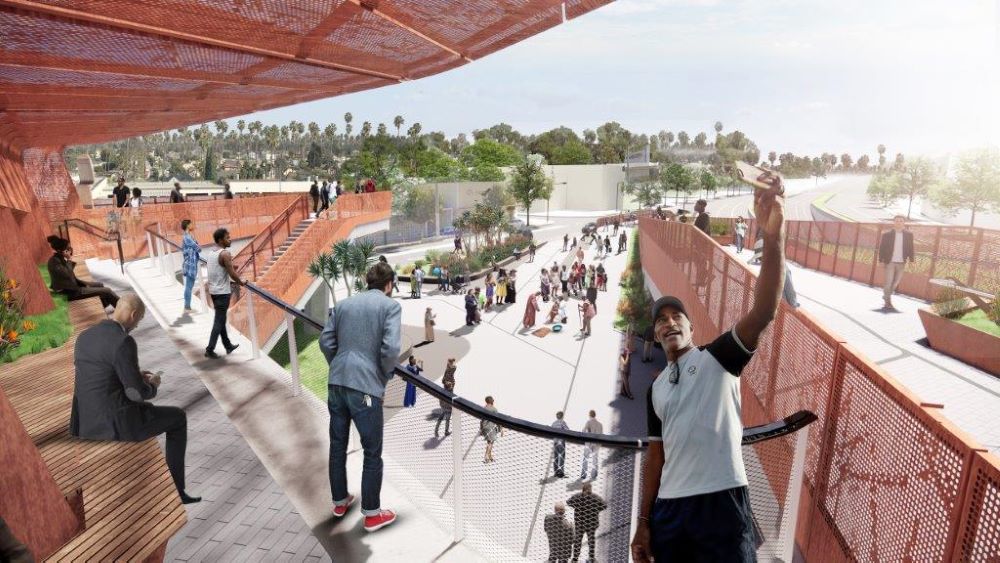
The events-friendly expanse will be complemented by murals on local businesses as well as sculptures along the corridor. The project is also planting nearly 200 trees.
Planners can reach out to the nonprofit Destination Crenshaw to inquire about holding event activations in the corridor. Destination Crenshaw will also help by enlisting the local ecosystem of small business entrepreneurs and artists, as well as facilitating workshops and even organizing dining at local restaurants.
Foster said that the corridor will be able to host groups of up to 50, with the opportunity to partner with other Los Angeles area African American art institutions.
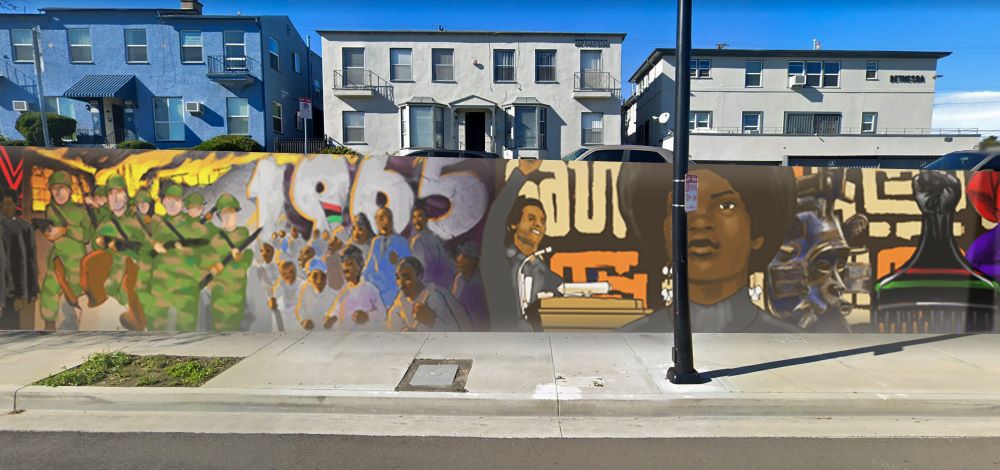
Japanese American National Museum, Los Angeles
Located in Los Angeles’ Little Tokyo Arts District right in the heart of downtown and next to the Grand Central Market, the Japanese American National Museum (JANM) offers a historically relevant central location near the new Little Tokyo/Arts District Los Angeles Metro Rail station.
The mission of JANM is to promote understanding and appreciation of America’s ethnic and cultural diversity by sharing the Japanese American experience.
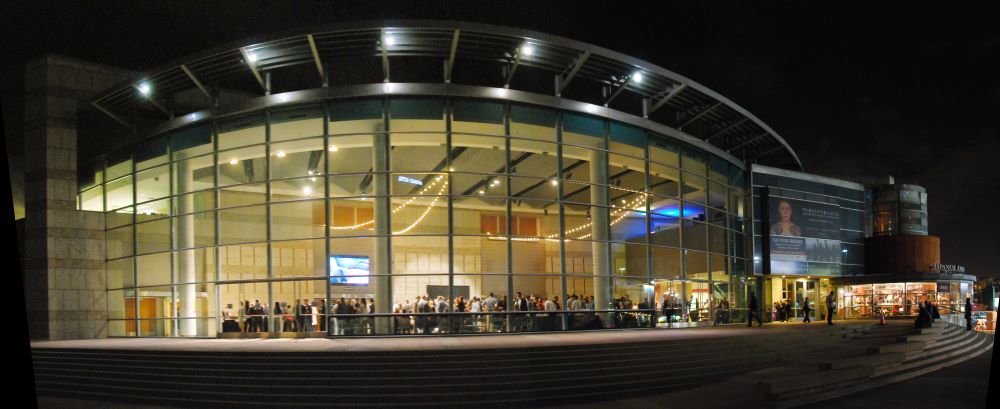
“Over at JANM we have a wonderful museum, and in addition to the museum we have some wonderful venue spaces as well,” said Coleen Uchida-Tamny, facilities rental coordinator for JANM. “Our Aratani Central Hall can be used for receptions and meetings as well as for banquets. On our campus we have a 198-seat theater as well, and a boardroom and education rooms, and a beautiful garden for outdoor receptions. Our campus is also comprised of a plaza where we’ve held outdoor events as well.”
The maximum capacity in the Central Hall is 300 (220 banquet style) and just under 200 in its theater.
According to Sherrill Ingalls, director of marketing and communications for JANM, the site is also relevant because of a painful part of Japanese-American U.S. history.
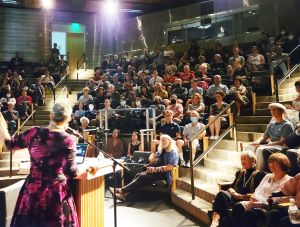
“One of the special aspects of JANM is, in addition to our location in Little Tokyo, we’re located on the site of a very historic location that adds a lot of meaning to gatherings,” Ingalls said. “Following the bombing of Pearl Harbor, Japanese Americans were required to report here with their two bags and go to internment camps around the country... and we often have events where there are conferences with API [Asian Pacific Islander] organizations…and gatherings for historic societies, museum associations. The opening of the new metro station in Little Tokyo has also attracted many transportation meetings.”
Ingalls said JANM has a list of preferred caters but can also leverage its partnership with nearby Japanese restaurants.
“Not only does the revenue and rental fees go to JANM, they also have the opportunity to support Little Tokyo businesses such as the restaurants and caterers we work with,” she said, adding that the venue is a frequent site for film shoots and industry events, such as using the outdoor plaza area for red carpet soirees.
[Related: More Meetings Today DEIA Content]
Chinese Historical Society of America, San Francisco
Set in the historically landmarked, Julia Morgan-designed Chinatown YWCA building, the Chinese Historical Society of America (CHSA) features permanent and rotating exhibits highlighting the people, places and movements in Chinese American culture.
CHSA’s location right in the heart of Chinatown makes for a perfect offsite opportunity for groups that want to experience one of the largest Chinatowns in the world—one of the top attractions in a city full of postcard-perfect tourist draws.
According to Nathaniel Jue, communications coordinator for CHSA, a very popular current exhibit running in the venue for the foreseeable future showcases Chinatown’s most famous son, marital arts cultural and movie icon Bruce Lee.
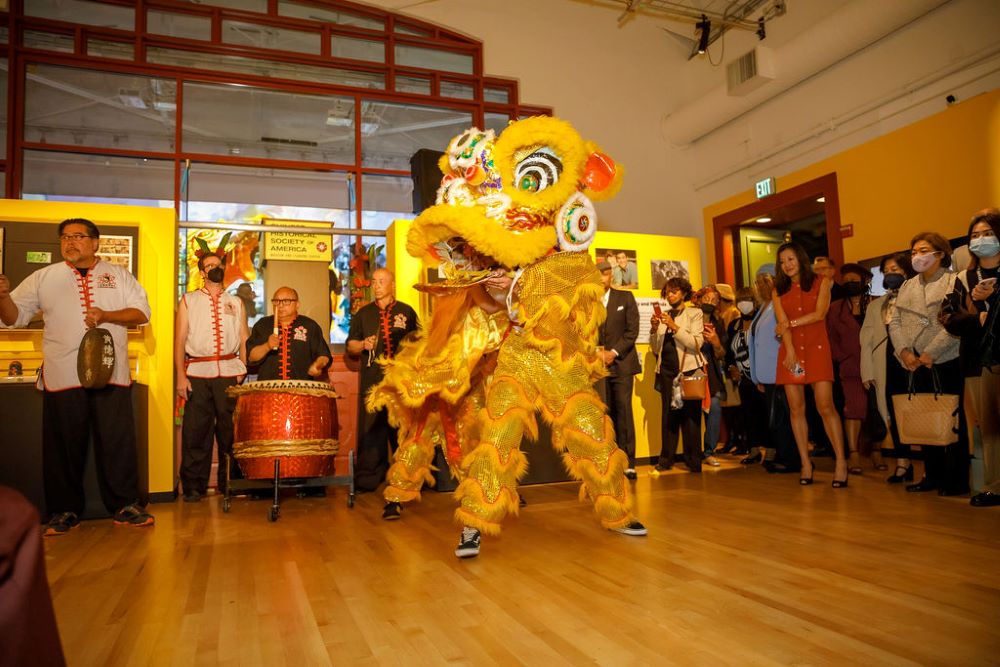
“We just had an event in September by an apparel company called Shoe Palace that was launching a Bruce Lee-themed clothing collection and they partnered with the Bruce Lee Foundation for,” Jue said. “They had a launch party at our venue with a DJ spinning music, food and catering. If you want music and space for a DJ, that’s great. If you want a photo booth, we can accommodate that. We do have an outdoor space as well where we have movie screenings on a huge wall.”
CHSA offers three rental options: the Main Floor of the museum, which includes the We Are Bruce Lee Gallery, Courtyard and Hallway (150 standing, 25 seated); the Learning Center (50 standing, 35 seated); and the exterior Parking Lot (200 standing, 100 seated).
The CHSA Gift Shop can also be added to the rental mix.
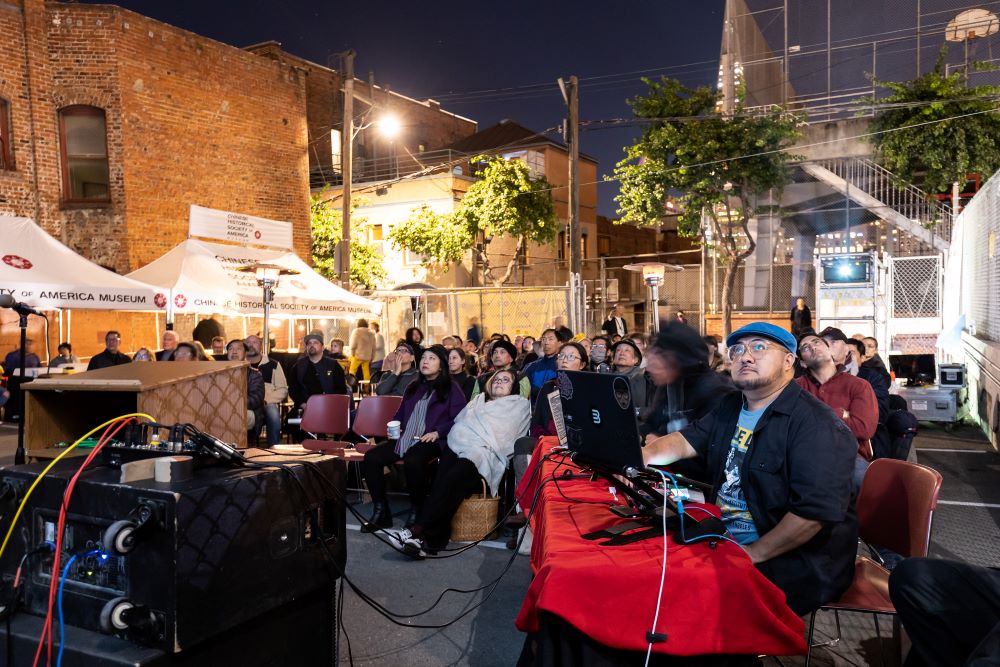
Read more meeting and event news in California.
This article was produced in partnership with Visit California



